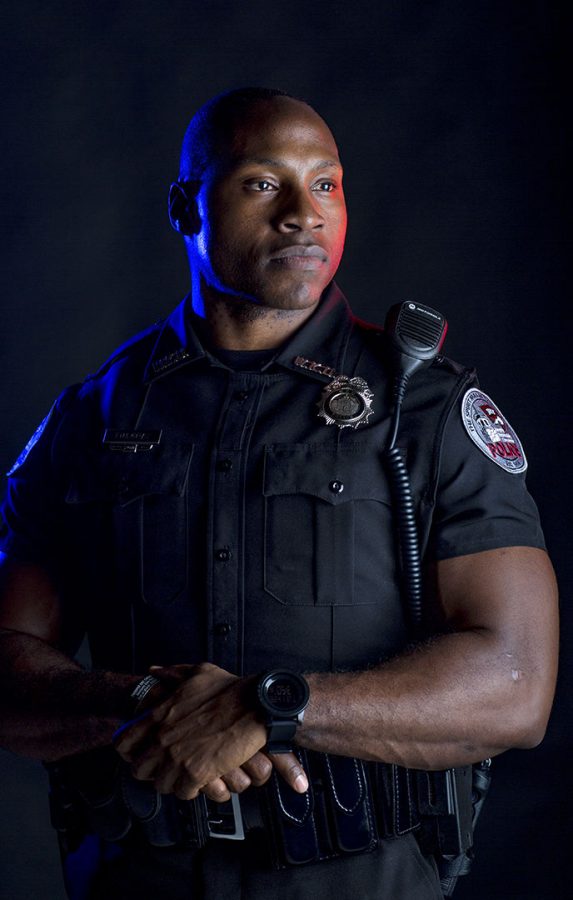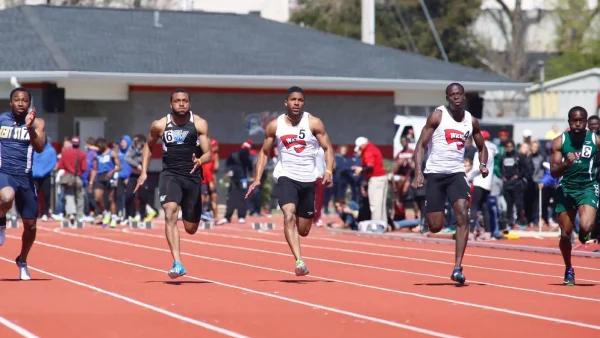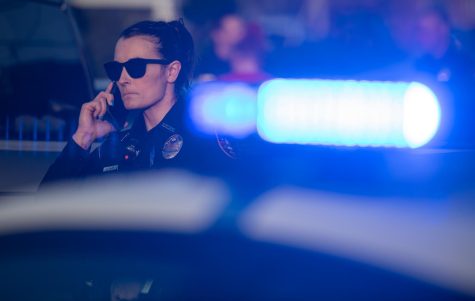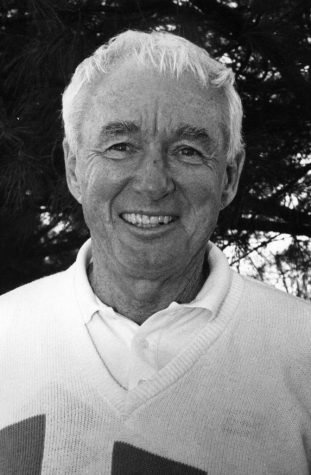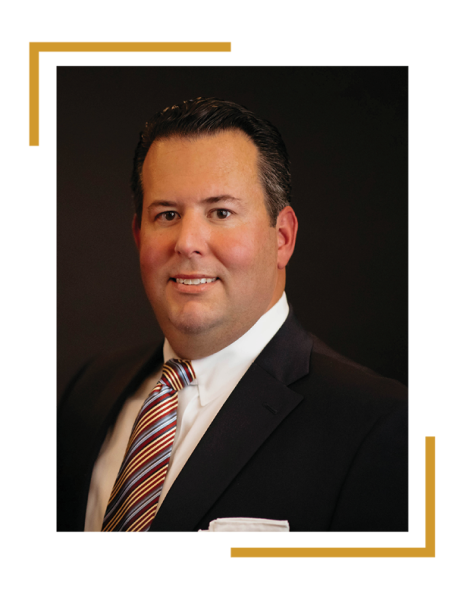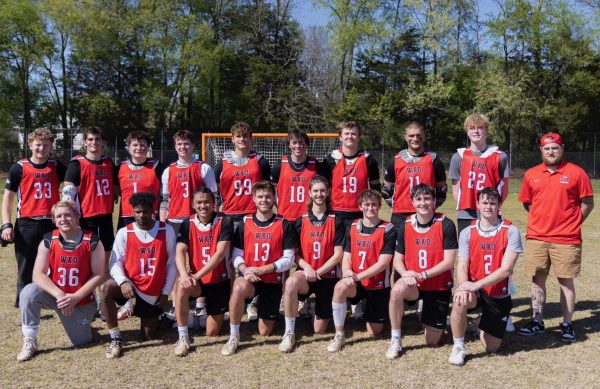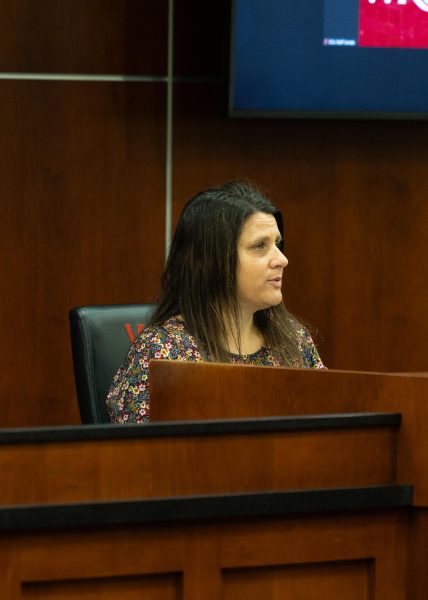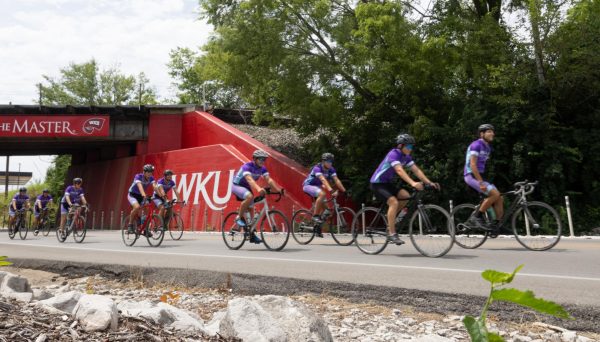WKUPD builds trust with more diverse force
November 30, 2017
The United States has been host to an uneasy relationship between African-Americans and police departments for many decades, but the idea of diversity in police departments easing tension has become more popular over time.
Tim Gray, the public information officer for the WKU Police Department, also believes in this idea.
“The community knows what a police officer can do,” Gray said. “They know our powers. They know the authorities that has been invested in us, but the community is hungry for something different.”
WKU Police Department Chief Mitch Walker, an African-American, said diversity was one area of focus for campus police after he was named full time chief following his year-long interim status in September earlier this year.
Investigations about hiring practices regarding minorities in law enforcement have become more common over the past few years, including a 2015 investigation into the Bowling Green Police Department led by the Department of Justice. The investigation led to the hiring of four minority officers, according to WBKO.
Lack of Trust
When asked why he became a police officer, Gray said, “Change.”
Gray, an African American as well, said he was raised in a low-income, predominantly black neighborhood in the south side of Nashville but later attended a high school where the majority of the student body was caucasian.
A WKU graduate and former housing and residence employee, Gray said he used his platform during his time in the dorms to start conversations about race and other diversity related topics.
Gray acknowledged there has been distrust between both African-American communities and local law enforcement.
“I knew that was not going to change by just simply being on the sidelines and being a spectator,” Gray said.
However, Gray said before he was doing this, he had a time of ignorance which lasted up until his early years in college and he also admitted to having a negative interaction with law enforcement early on in his life.
He said there was a time when he and some of his friends were leaving their local library and walking home when they were stopped by the police. When they tried to understand what the issue was, they were told they fit the description of some guys they were looking for.
“And so that, for me, left a strong distaste in my mouth toward law enforcement for a while,” Gray said.
While at WKU, Gray said he was recruited by the WKUPD multiple times, but he declined the offers until he eventually had a conversation about joining with his family and close friends.
“They said ‘Well Tim, it really comes down to a couple things. You either want to be a part of the solution or you want to be a part of the problem, and that’s the decision you’re going to have to make,’” Gray said. “For me, at that point it was easy. I want to be a part of the solution.”
Gray explained how wariness of the police can be instilled in a young black person, giving the example of a young child in the backseat of a car seeing their parent arrested and taken away from them but not fully comprehending what is going on.
“You just see law enforcement coming in and separating your family,” Gray said. “So from a young age, that can create some distrust, even though law enforcement may be doing what they need to do. They may be doing it the right way. They may be well within the law, but as a young person it’s hard for you to see that.”
Gray said officers who disregard the oath they took to uphold the law also further damage the relationship between African-Americans and police.
“We also can’t ignore the fact that there are some folks that have worn the uniform, there are some folks that are wearing the uniform, that don’t need to be wearing it,” Gray said. “That’s the truth.”
He added officers who see their colleagues displaying any “ulterior motive” on the job should be vigilant and make sure they are no longer a part of their department.
Demographics of Bowling Green
The Bowling Green Police Department currently employs 164 total officers, 22 being minorities and 15 of them are African-Americans. Roughly 13 percent of BGPD employees are minorities, 9 percent being African-American, according to an open records request.
While the recent hirings of people of color have increased, they still do not match the racial demographic of Bowling Green. Nearly 25 percent of the city is made up of minorities, with 14 percent being African-American, according to the 2010 United States Census. The ratio of Caucasians to African-Americans in Bowling Green is nearly identical to the ratio on a national level, according to the census.
Glasgow senior Moriah Bartley said it’s important for there to be inclusiveness in the police department, instead of “just all the white guys in Bowling Green.”
Even with the recently hired officers, the racial demographic of people arrested for felonies by the Bowling Green Police Department remained almost the same over the past two years. Caucasians dropped two percentage points to 69 percent of those arrested for felonies, while African-Americans rose one percentage point to 28 percent, according to an open records request from the Bowling Green Police Department.
However, Gray said having a diverse police department sends a message to the public, one which acknowledges culture and the racial history of the United States.
He says the public sees a “police department that wants to reflect the community that they want to serve.”
Bowling Green senior Catrina Cooksey said she hasn’t seen much diversity in local police departments.
“I don’t see a lot of females, and I don’t see a lot of people of color in general, and I think that that would help to make changes in the police department,” Cooksey said.
Cooksey also said she believes it is a systematic issue.
“People of color don’t trust cops so people don’t become cops,” Cooksey said.
Some minorities have negative stereotypes further engrained into their mind when they see non-diverse police departments, Gray said.
“The reality is that the community, particularly individuals from your minority communities, they want to see somebody that looks like them,” Gray said.
Building a Positive Relationship
Walker has been adamant about establishing a positive relationship with the community, focusing on community oriented policing which encourages officers to patrol on foot more and get to know the people they serve. Gray said Walker is often out in the community, living and breathing the message he gives to his officers.
“I just believe relationship building is the most important thing between everybody involved,” Walker said.
Walker also said officers are better able to serve the community if they understand different cultures and backgrounds and said he believes there’s always room for improvement in this area.
Gray said this helps people respectfully engage in an open dialogue and understand each other better.
Gray said he has had students approach him and admit they have never been fond of law enforcement but also tell him they don’t see all police officers as the same anymore. He called it powerful when students tell him they not only appreciate what he does but how he does it.
“That’s better than a pay raise,” Gray said.
Gray also said sharing the same skin color as someone doesn’t excuse prohibited behavior and differing in race from someone doesn’t mean they will have a negative encounter.
“This uniform doesn’t make me,” Gray said. “I make this uniform.”
Reporter Cameron Coyle can be reached at 270-745-6011 and [email protected].

